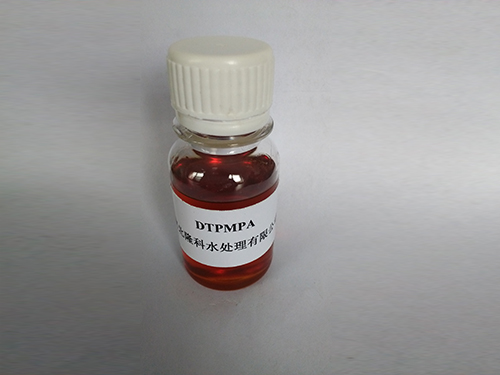Understanding the Principles of Coagulation and Flocculation in Water Treatment Processes
Coagulation and Flocculation Key Processes in Water Treatment
Water treatment is an essential process in ensuring safe and clean drinking water for communities around the world. Among various methods used to purify water, coagulation and flocculation play critical roles in removing suspended particles, organic matter, and microorganisms from water sources. These processes are fundamental in both municipal water treatment plants and industrial applications, providing an effective means of improving water quality.
Understanding Coagulation
Coagulation is the initial phase of the water purification process. It involves the addition of chemical coagulants—substances that promote the aggregation of particles suspended in water. Common coagulants include aluminum sulfate (alum), ferric chloride, and polyaluminum chloride. When these coagulants are introduced into the water, they destabilize the colloidal particles, which are typically negatively charged. This destabilization occurs because the coagulants neutralize the electric charges on the surface of the particles, allowing them to come closer together.
The coagulation process requires careful control of pH and dosage of coagulants. The efficiency of coagulation is influenced by factors such as water temperature, turbidity levels, and the presence of organic or inorganic matter. After coagulants are added, the water is rapidly mixed to ensure that coagulants effectively interact with suspended particles.
The Role of Flocculation
Following coagulation, the flocculation process begins. Flocculation is a gentle mixing phase where the destabilized particles start to aggregate into larger aggregates or flocs. This is achieved through slower mixing, allowing particles to collide and stick together. During this phase, additional chemicals known as flocculants, such as polyacrylamides, may be used. Flocculants help to enhance the formation of larger flocs by bridging the gaps between smaller particles.
The flocculation stage is crucial, as larger flocs are more easily removed from water during subsequent treatment steps. The formation of these larger aggregates is facilitated by the use of lamellar settling tanks or sedimentation basins, where gravity plays a role in separating the flocs from the treated water. The resulting sediment can be discharged or further processed.
coagulation flocculation

Importance in Water Treatment
Coagulation and flocculation are pivotal for several reasons. Firstly, they significantly reduce turbidity in water, a critical parameter in water quality assessment. High turbidity can harbor pathogens and harmful microorganisms, posing health risks. By effectively removing these suspended particles, coagulation and flocculation contribute to the microbiological safety of drinking water.
Secondly, these processes enhance the efficiency of subsequent treatment steps such as filtration and disinfection. With most of the suspended solids removed, filters can operate more effectively, leading to better removal of remaining contaminants. Additionally, disinfection processes, such as chlorination, can work more efficiently when the microbial load is reduced, ensuring safer drinking water.
Challenges and Considerations
While coagulation and flocculation are highly effective processes, they are not without challenges. The selection of appropriate coagulants and flocculants must be tailored to the specific characteristics of the water being treated. Overdosing or underdosing of chemicals can lead to ineffective treatment, resulting in either high residual chemicals in the treated water or insufficient removal of contaminants.
Moreover, environmental considerations must be taken into account. The disposal of sludge, which is the byproduct of coagulation and flocculation, poses potential environmental risks. Adequate management and treatment of this sludge are essential to minimize the impact on the environment.
Conclusion
In conclusion, coagulation and flocculation are integral processes in the water treatment cycle, ensuring the production of safe and clean drinking water. By transforming fine suspended particles into larger aggregates, these processes facilitate the removal of turbidity, pathogens, and other harmful contaminants. As water quality standards continue to evolve, ongoing research and innovation in coagulation and flocculation technologies will be essential in meeting the increasing demand for clean water in an ever-challenging environmental landscape.
-
lk-319-special-scale-and-corrosion-inhibitor-for-steel-plants-advanced-solutions-for-industrial-water-systemsNewsAug.22,2025
-
flocculant-water-treatment-essential-chemical-solutions-for-purification-processesNewsAug.22,2025
-
isothiazolinones-versatile-microbial-control-agents-for-industrial-and-consumer-applicationsNewsAug.22,2025
-
scale-inhibitor-key-solutions-for-water-system-scale-preventionNewsAug.22,2025
-
organophosphonates-versatile-scale-inhibitors-for-industrial-water-systemsNewsAug.22,2025
-
scale-and-corrosion-inhibitor-essential-chemical-solutions-for-water-system-maintenanceNewsAug.22,2025





